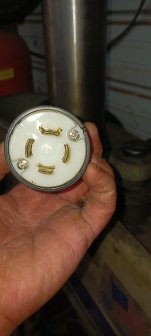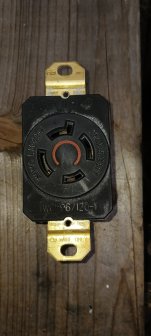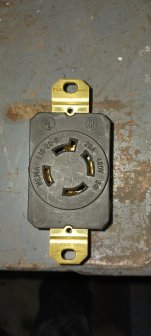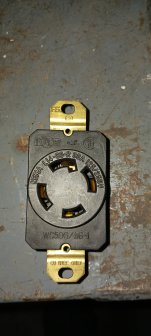Joe Gwinn
Stainless
- Joined
- Nov 22, 2009
- Location
- Boston, MA area
The company is trying to sell their VFD services by intimidating the users of such services. Having a competent industrial electrician is necessary for a place with big motors like those shown.Fear mongering maybe, I honestly don't know but maybe this could help someone?
All the things mentioned can very well happen, but are not at all important when powering a few-horse drill press from a 7.5 horse RPC in a hobby shop. So read the litany, and store the mechanisms in the back of the mind for future reference.
I went through all this circa 2007 when I started buying old machine tools. I didn't have room for a RPC, so that was out, and VFDs it was. If I recall, the mill came with a VFD which I installed, and later added a remote speed control box. I also added a braking resistor. The mill had its original pancake motor (1150 rpm), and still worked fine, and I never added the various filters and inductors recommended for industrial use. The original VFD later failed and was replaced.
With the lathe, I bought a new VFD for that, which also needed a braking resistor so it wouldn't throw a fault code when I stopped the spindle too quickly. For the lathe, I retained the original Fwd-Off-Rev drum switch control, but it now talks only to the VFD.
Last edited:






